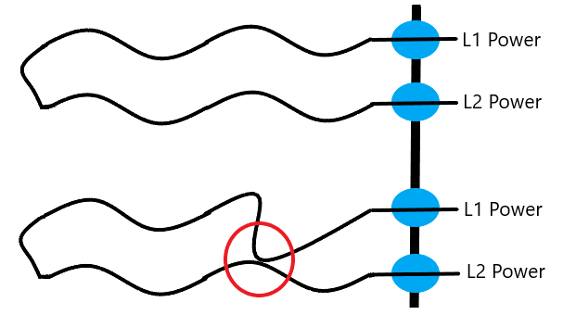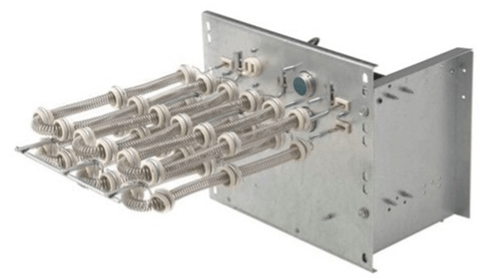Updating Your SMAN/Testo Gauges
Some of you might have an older SMAN/Testo digital gauge. With the new refrigerants coming, you might need to update

Everyone has heard the phrase: “it’s shorted.” What does this actually mean and how do you diagnose it? Let’s start answering that question by analyzing the formula for Ohm’s Law.
The Ohm’s Law: Formula is V=I × R
V is Voltage
I is Amperage
R is resistance
You can arrange this equation 3 different ways:
Voltage= Amps × Resistance
Amp= Voltage ÷ Resistance
Resistance= Voltage ÷ Amps
Now, back to the question at hand.
Let’s use an example of Ohm’s Law with a single phase 5KW(4800 Watts) electric heater at 240vac. If you have been in the HVAC industry for any length of time you have probably memorized that this heater will be pulling 20 amps right? But why?
If you ohm out a 5KW(4800 Watts) heater with a multimeter you will get 12Ω or 12 ohms (ohms is what resistance is measured with).
Using the formula for Amps from above, we can figure out why it is 20 amps.
Amp= Voltage ÷ Resistance
Amps=240vac ÷ 12Ω
Amps = 20
If the resistance of the heater were to become lower, it would cause our amps to increase. In the heat strip drawings: the top heater would represent a good circuit, the second (lower) heater would represent a circuit that the element has sagged and is now touching (in the red circle) which has created a “shorter” path for electricity to flow through.

When the path between L1 and L2 becomes shorter, it causes there to be less resistance between them than there should be. The shorter the electrical path is, the less resistance the path has. If the resistance were to be checked on the 2nd heater it would definitely be less than 12Ω. Let’s see an example if it were reading 2Ω using the same formula as above:
Amp= Voltage ÷ Resistance
Amps=240vac ÷ 2Ω
Amps = 120
This heater would be considered “electrically shorted” and would draw significantly more amps than what it was designed to. This would cause the breaker or fuse that is protecting the power wires feeding the heater to trip or blow.
If you have a fan motor, compressor winding, contactor coil, etc. that is a probable cause for drawing too many amps or blowing a fuse. You could check the ohm value of
the electrical circuitry of that device and compare that value to what it is supposed to be.
An electrical short can be described as follows: when the resistance between any two points in an electrical device has become lower than what it is supposed to be, causing the amperage to increase.

Some of you might have an older SMAN/Testo digital gauge. With the new refrigerants coming, you might need to update
Ladder diagrams, also known as ladder logic, are a type of electrical notation that illustrates how relays and electromechanical switches
All ducted VRF systems come from the factory set for 0” of static pressure. As we know from experience, this